Around 5 years ago, no one liked to watch ads. So, ad-free premium subscription models were the most popular choice for binge-watchers. Well for many viewers, it still is! But Hybrid Video on Demand (HVOD) is definitely giving a tough fight to Subscription Video on Demand (SVOD) in 2025!
According to Statista, over 60% of the American audience had started watching HVOD content by the end of 2022! Many popular streaming platforms like HBO Max, Paramount+, and Hulu have experimented with HVOD and got amazing results. On the other hand, SVOD is still the most preferred and most revenue-generating monetization model worldwide.
So naturally as a new streaming entrepreneur, it might be difficult for you to decide the perfect monetization model for your business. To choose one between HVOD and SVOD, you will have to understand how they differ from each other and what are the unique benefits each of them has to offer.
So, to tell you everything related to HVOD vs SVOD, we are here with this blog! Let’s dive in.
Build Your Own-Branded SVOD and HVOD Platforms Without Coding! Click Here to Get Started! |
What is Hybrid Video On Demand?
Hybrid Video on Demand is basically a combination of multiple monetization models. So, instead of using just subscriptions, just ads, or just pay-per-view, you can use a combination of all of these in HVOD.
HVOD lets you insert ads into your on-demand videos which are already covered under subscription. So, you are actually generating two types of revenues from the same video – first by subscription, and then by ads. Doing so will help you generate more revenues as a streaming business. In addition, it has multiple benefits for your viewers!
For the viewers, HVOD is a lot cheaper than SVOD. Since HVOD allows ad insertion, streaming businesses can reduce the subscription prices a bit. This makes the streaming platform much more affordable for the viewers.
Types of HVOD
There are a few different ways HVOD can work, but some common models include:
- Subscription with ads: This is where you charge a monthly fee, but you also insert ads in between shows or movies. This proves to be a cheaper option than ad-free subscriptions for your viewers. This is the most common type of HVOD monetization.
- Subscription plus rentals/purchases: You may charge your users a monthly fee for access to your content library. But then you can charge extra fees to rent or buy the latest releases or other premium content.
Some Stats on HVOD
- ? In late 2022, a forecast suggested that Netflix may have over 60 million hybrid subscribers by 2028.
- ? In the 4th quarter of 2022, a survey revealed that 63% of the US population was using HVOD services while 59% were using SVOD services. 49% were using AVOD services too!
- ? While HVOD saw a 6% jump in number of users in 2022, SVOD saw a marginal decline of 0.3%.
- ? Hybrid video on demand was the most popular type of streaming service among Samsung TV users in the US in 2022.
- ? A survey revealed that lower prices is the prime reason why viewers choose HVOD over SVOD.
Source: Statista
HVOD Vs SVOD: What’s the Difference?
The below table compares HVOD vs SVOD based on different parameters:
Parameters | HVOD (Hybrid Video on Demand) | SVOD (Subscription Video on Demand) |
Payment Model | HVOD combines multiple models like subscriptions, ads, and rentals | SVOD relies solely on recurring subscriptions (monthly, annually) |
Content Access Options | May offer a mix of free ad-supported content, subscription-only content, and pay-per-view options | Grants access to the entire library of content for a fixed subscription fee |
Cost to Consumers | Can be lower for ad-supported tiers | Involves consistent subscription fee which is usually higher than ad-supported tiers |
Ads | May include pre-roll, mid-roll, or post-roll ads | Mostly ad-free viewing experience |
Target Audience | Caters to viewers with stricter budget preferences | Targets viewers willing to pay a fixed fee for unlimited ad-free access |
Revenue Stream | Generates revenue from subscriptions, advertising, and pay-per-view options | Relies solely on subscription fees |

What Additional Benefits Does HVOD Offer Over SVOD?
For consumers, HVOD offers several benefits over SVOD, like:
- Lower Cost: HVOD offers ad-supported tiers. Hence, it is usually charged lower than SVOD, making it a perfect choice for budget-conscious viewers.
- Greater Choice and Control: Viewers can choose to watch free content with ads or pay a lower subscription fee with some ads.
- Reduced Subscription Fatigue: HVOD offers an alternative to subscription fatigue, where viewers become overwhelmed by the number of subscriptions they have.
Even for the streaming entrepreneurs and content creators, HVOD offers multiple benefits, including:
- Increased Revenue Potential: For streaming services, HVOD opens doors to additional revenue streams through advertising and pay-per-view options. This can help fund content creation and platform development.
- Improved Content Discovery: Free ad-supported tiers can expose viewers to new content they might not have chosen otherwise. This can benefit both viewers and content creators.
- Potential for Targeted Advertising: Advertisers can leverage HVOD platforms to target specific demographics with relevant ads, potentially leading to more effective advertising campaigns.
HVOD Vs SVOD – Which One Should You Choose?
Let’s answer this question from two different perspectives:
- For the viewers
- For the streaming entrepreneurs and content creators
For the Viewers
Choosing between HVOD and SVOD depends on your priorities as a viewer.
Choose HVOD if:
- Cost is a major concern: You want free or cheaper options for watching content. HVOD offers free ad-supported tiers and potentially lower-cost subscription plans with ads.
- You don’t mind ads: You’re comfortable with commercials interrupting your viewing experience in exchange for free or cheaper content.
- You only watch occasionally: You don’t plan on consuming a large amount of content and prefer a more pay-as-you-go approach.
- Want to try before you buy: Free ad-supported tiers can help you discover new shows or movies before committing to a subscription.
Choose SVOD if:
- You prioritize an ad-free experience
- You’re a heavy content consumer
- Want to prioritize a specific selection of content only available through a particular SVOD platform.
For Streaming Entrepreneurs and Content Creators
The choice between HVOD and SVOD is a strategic decision for streaming entrepreneurs and content creators. It can have a significant impact on your revenue and audience reach.
The best model will depend on your specific goals and resources.
- Choose HVOD if: You have a broader content library, want to maximize audience reach, and have the resources to manage multiple revenue streams.
- Choose SVOD if: You prioritize a predictable income, have high-quality content with a dedicated audience potential, and are confident you can compete in the crowded SVOD landscape.
Build HVOD and SVOD Platforms in Minutes!
If you are looking to create your own HVOD and SVOD streaming platform but do not have enough time, resources, or budget, Muvi One is here to help you out! Using Muvi One, you can build your own branded customized streaming platform with multiple monetization models like SVOD, HVOD, and AVOD.
You don’t need to write a single line of code, as Muvi One is a completely no-code platform. You don’t need an IT team or good technical knowledge too! You can literally create and launch your platform within just a few minutes.
Our visual designer lets you customize the website design as per your needs. Powered by built-in CDN, you can deliver low-latency buffer-free streaming to viewers across the globe, even if they have limited internet bandwidth.
And with multi-DRM protection, your content remains safe against piracy. Along with your streaming website, you can also build mobile and TV apps for 16+ OS environments in Android, iOS, Android TV, Apple TV, Roku, and more!
You can try Muvi One for FREE for 14 days. No need to add card details. Just fill this form to sign up and get started!
To Sum Up
For viewers, HVOD offers choice and affordability with ads or subscriptions. While SVOD is great for premium ad-free streaming experiences. If you are a video streaming entrepreneur or content creator, you can choose between HVOD and SVOD based on your business preferences. Choose SVOD for a steady income. While HVOD can help you reach a wider audience and enjoy multiple revenue streams.
And with Muvi One, you can create a perfect feature-rich streaming platform that can cater to both HVOD and SVOD audiences. So, why wait? Start your 14-day FREE trial and start building your own streaming platform today!

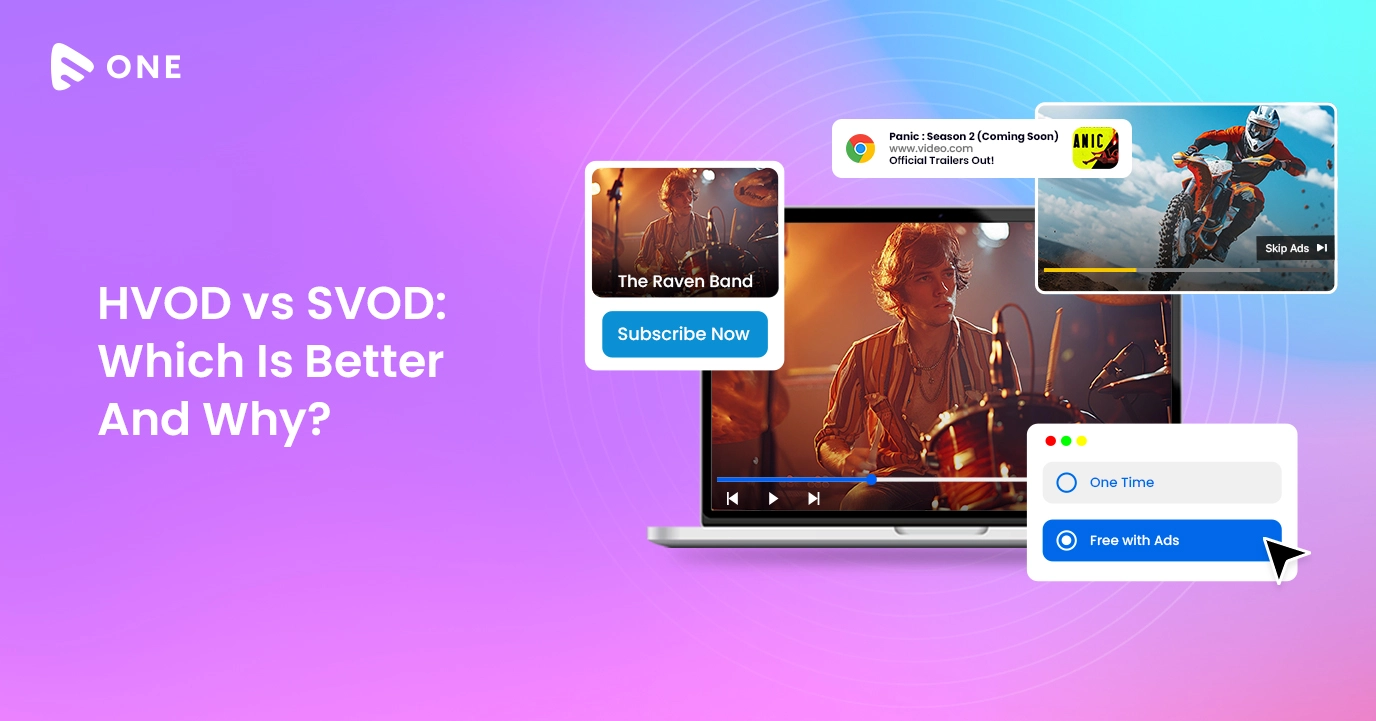





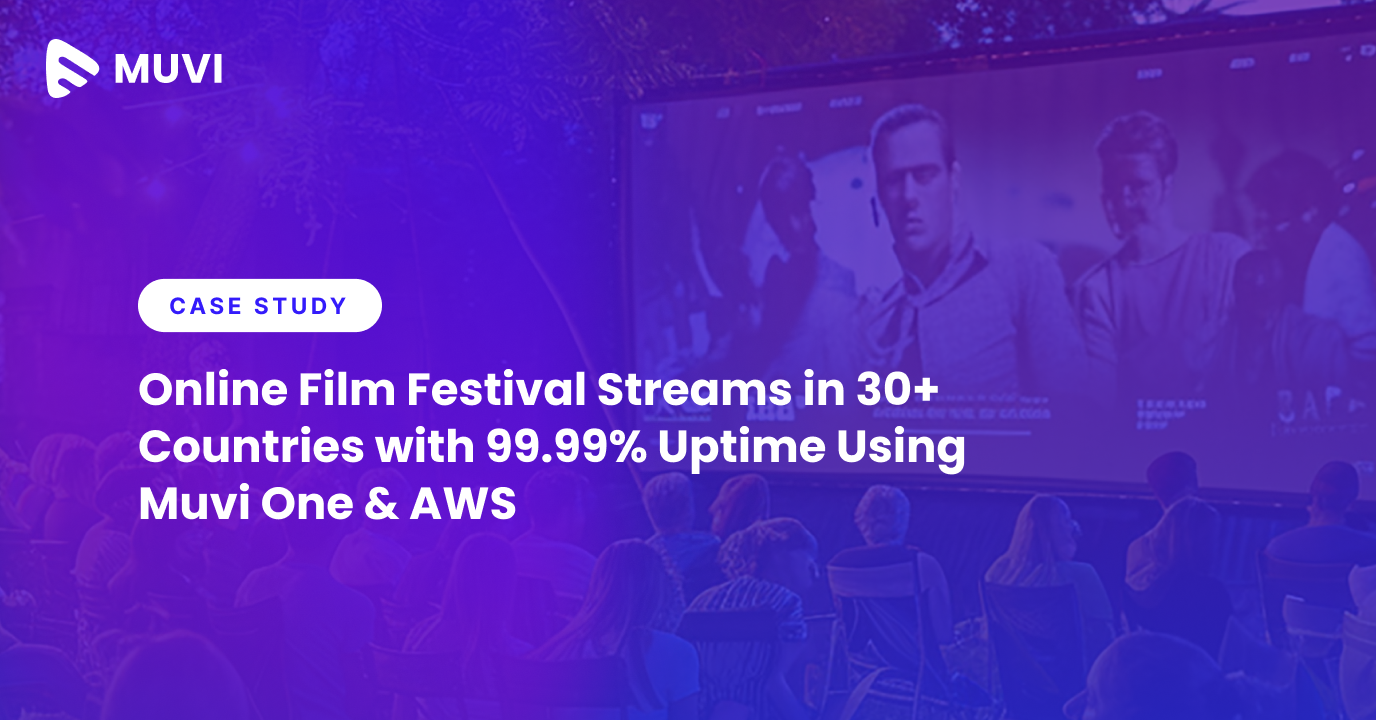




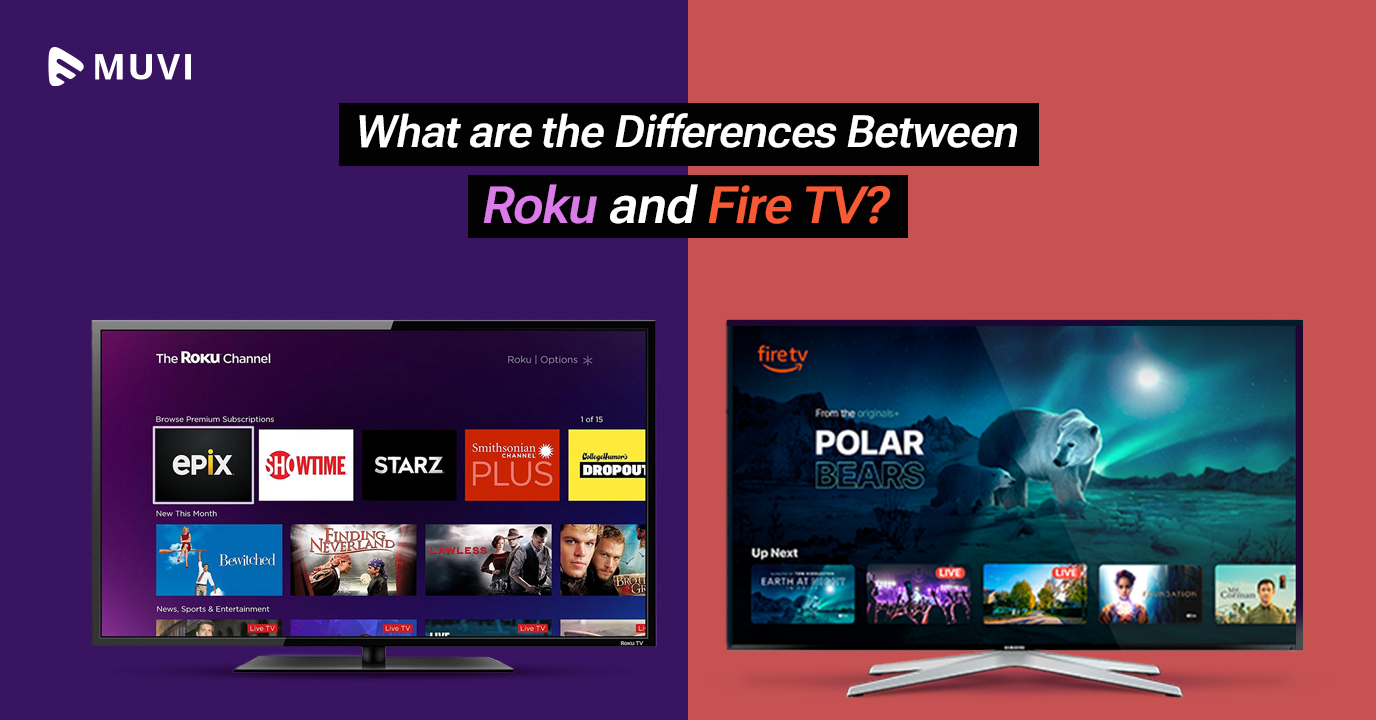
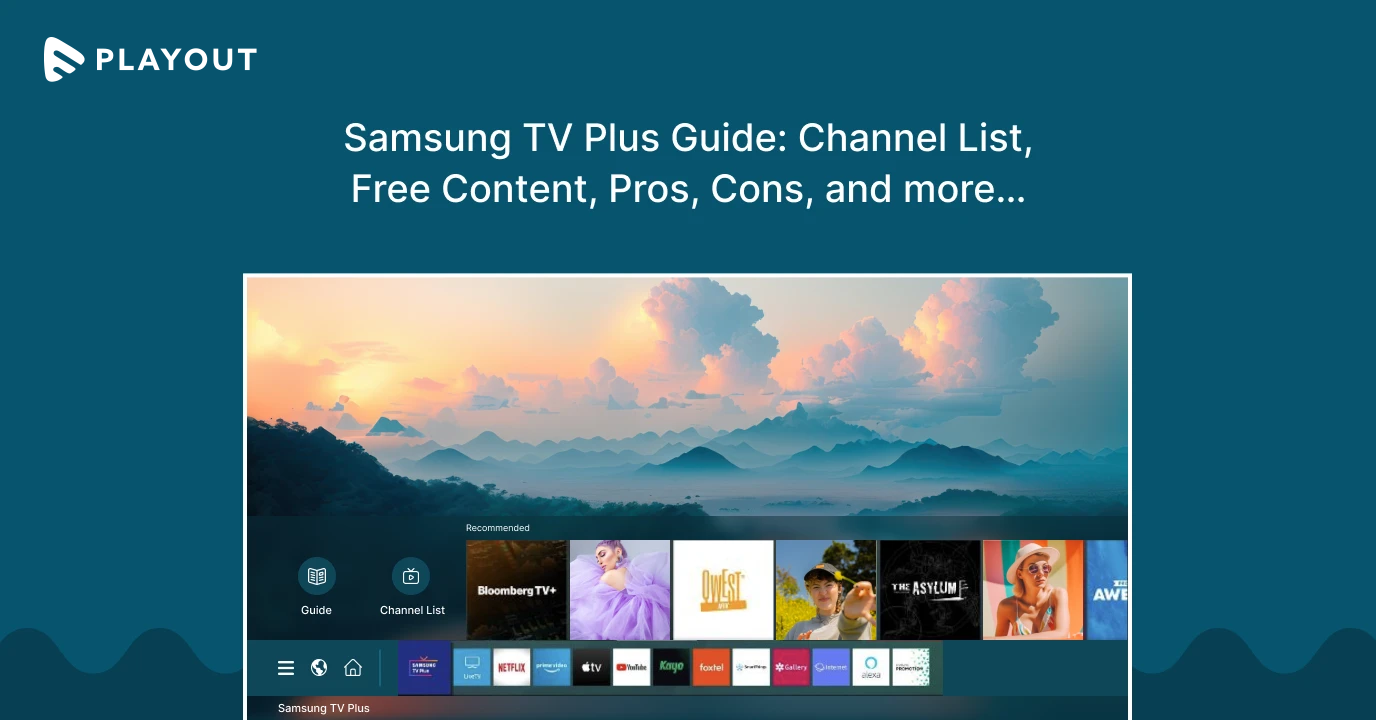
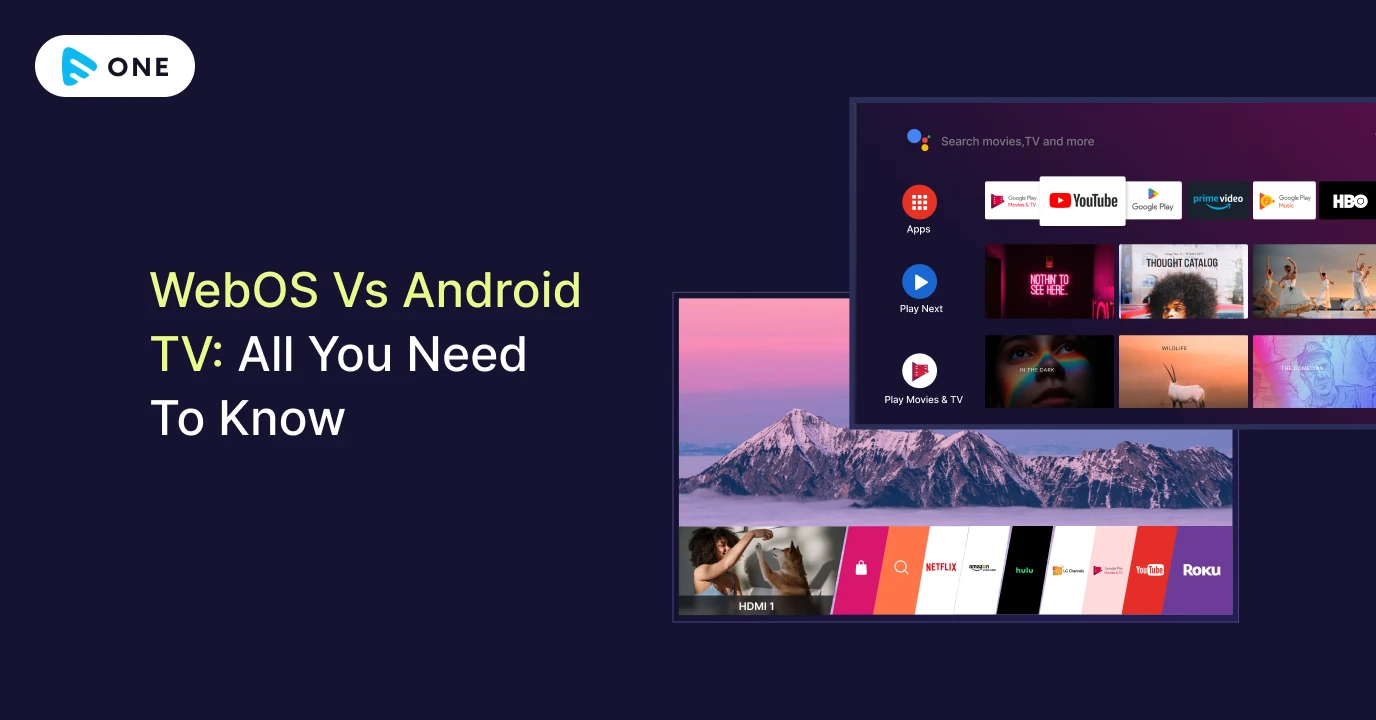



Add your comment